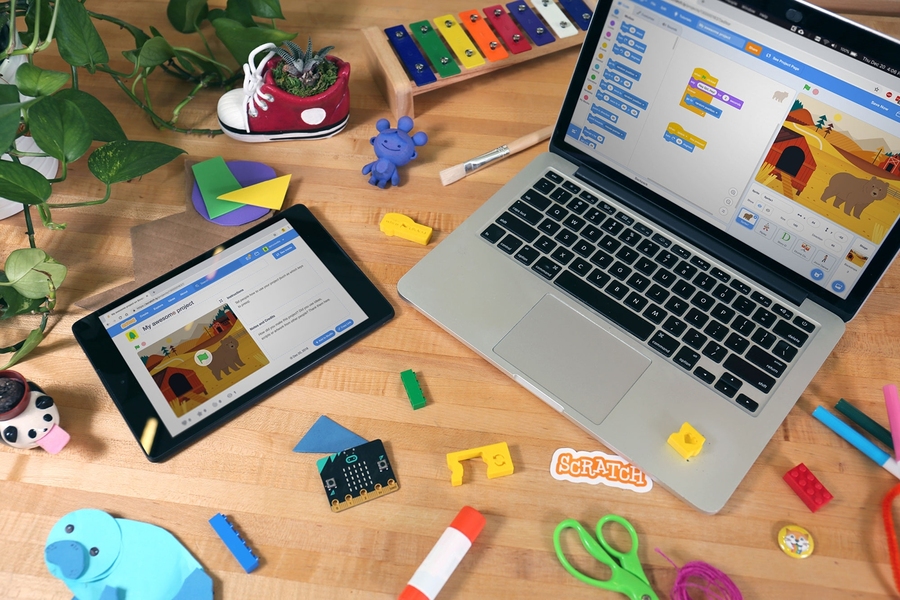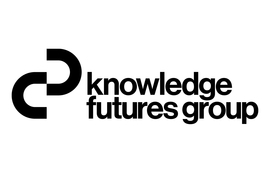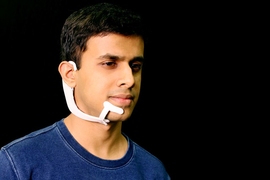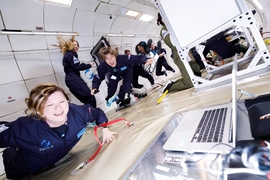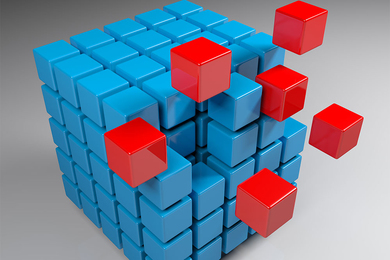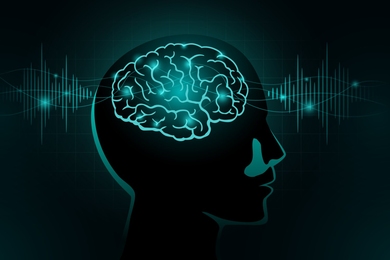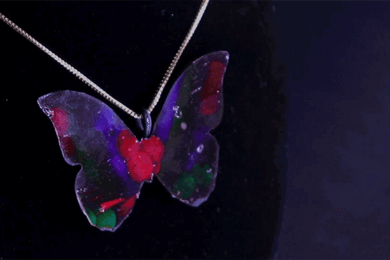The Lifelong Kindergarten group at the MIT Media Lab has launched Scratch 3.0, a new version of the creative coding platform for kids. The latest updates include:
• extensions for Lego robotics, Makey Makey, micro:bit, Google Translate, and Amazon Text-to-Speech;
• an ideas section with new video tutorials and inspiration for activities;
• full coding curricula from Raspberry Pi Code Club, Google CS First, and the ScratchEd Creative Computing Curriculum Guide;
• new characters, sounds, and backgrounds, and improved paint and sound editing tools; and
• compatibility on all current browsers and a wide variety of touch devices like tablets, as well as an offline version.
Over the past decade, 35 million kids in over 150 countries around the world have used Scratch to create their own animations, games, and other interactive projects while learning the basics of coding. Scratch is used in schools, libraries, and homes across the globe, giving parents and educators the tools to build coding literacy while helping kids gain confidence with new technologies in a fun, creative environment.
“As kids create and share projects with Scratch, they learn to think creatively, reason systematically, and work collaboratively — essential skills for everyone in today’s society,” says Mitchel Resnick, the Lego Papert Professor of Learning Research at the MIT Media Lab and director of the Lifelong Kindergarten group, where Scratch was created.
Scratch is founded on the constructionist learning theory developed by Seymour Papert, one of the Media Lab’s founding faculty members. Resnick, a protégé and longtime thought partner of Papert’s, brings those constructionist tenets into every aspect of the Lifelong Kindergarten group’s work. Resnick has distilled his vision of creative learning into his principles of Projects, Passion, Peers, and Play — a credo that also serves as a mission statement for Scratch.
The Scratch coding tools are integrated into a vibrant online community — a global online forum and playground where kids can collaborate on projects, offer comments and feedback, and find like-minded peers with whom to create and play. With 3.0, the Scratch team of developers, moderators, and designers has gone all in on the community’s capabilities and potential, drawing on experiences from Scratchers who have shared their personal stories of making friends, discovering passions, and finding a sense of belonging.
The new version optimizes the platform’s collaborative and interactive suite of tools; for example, new language translation blocks allow for greater cross-cultural connections.
“Scratch 3.0 expands how, what, and where kids can create with code,” says Resnick. “We can’t wait to see what kids create with Scratch 3.0.”
